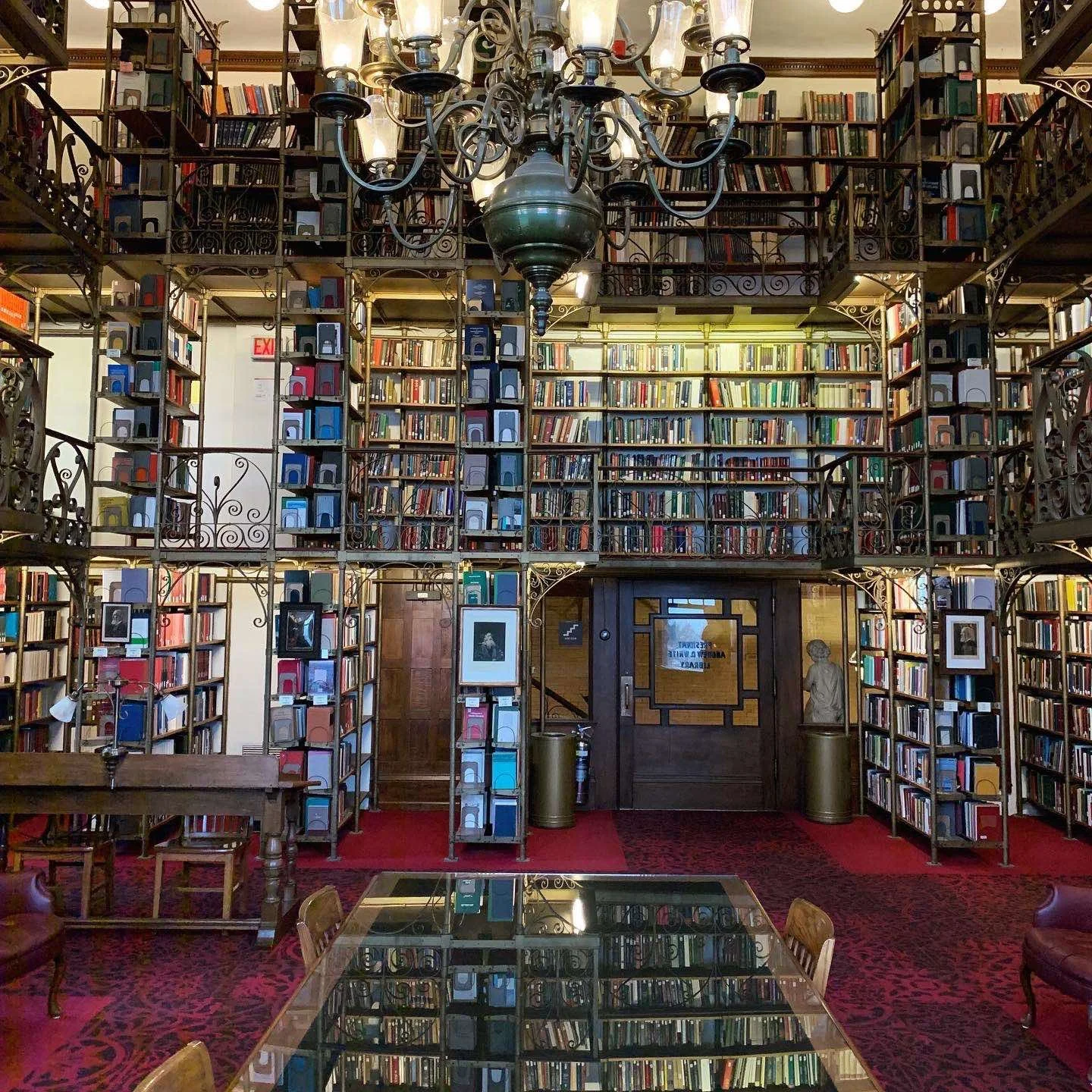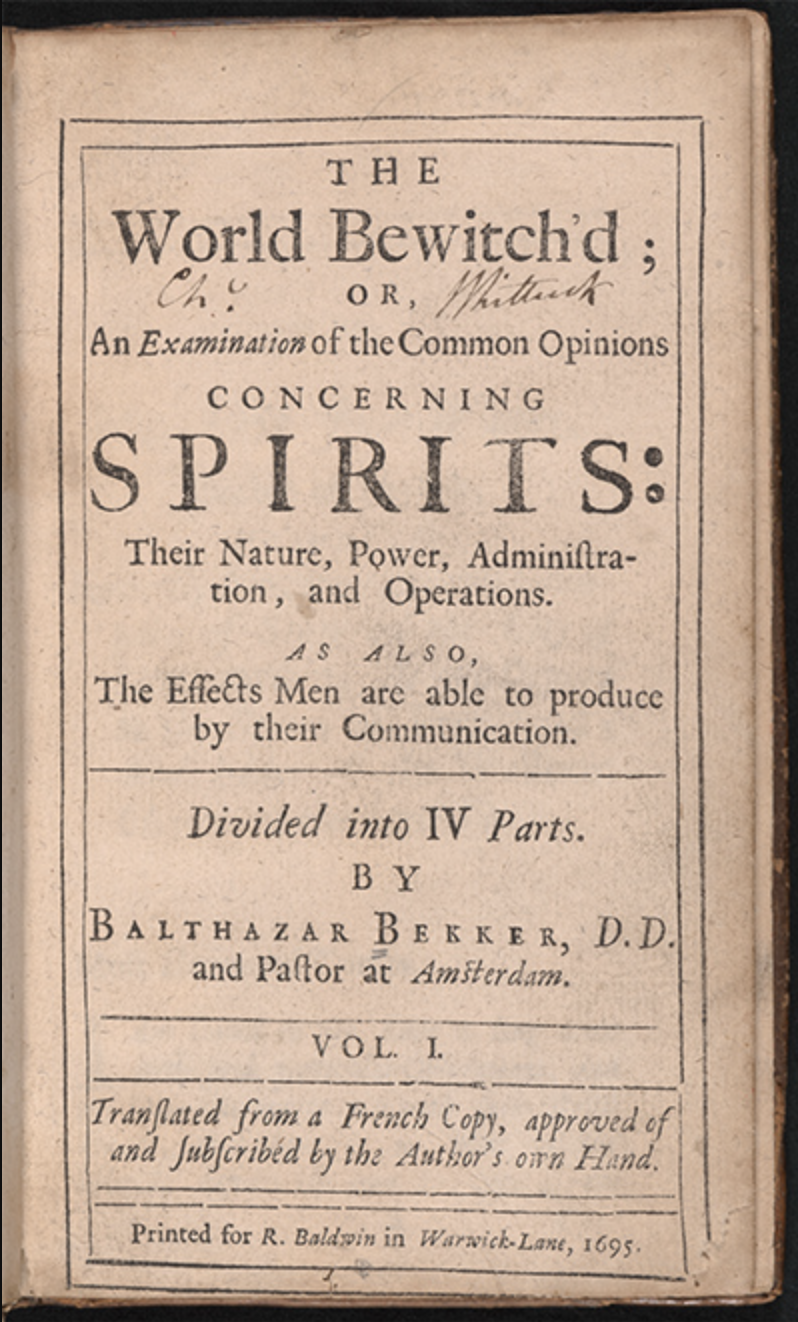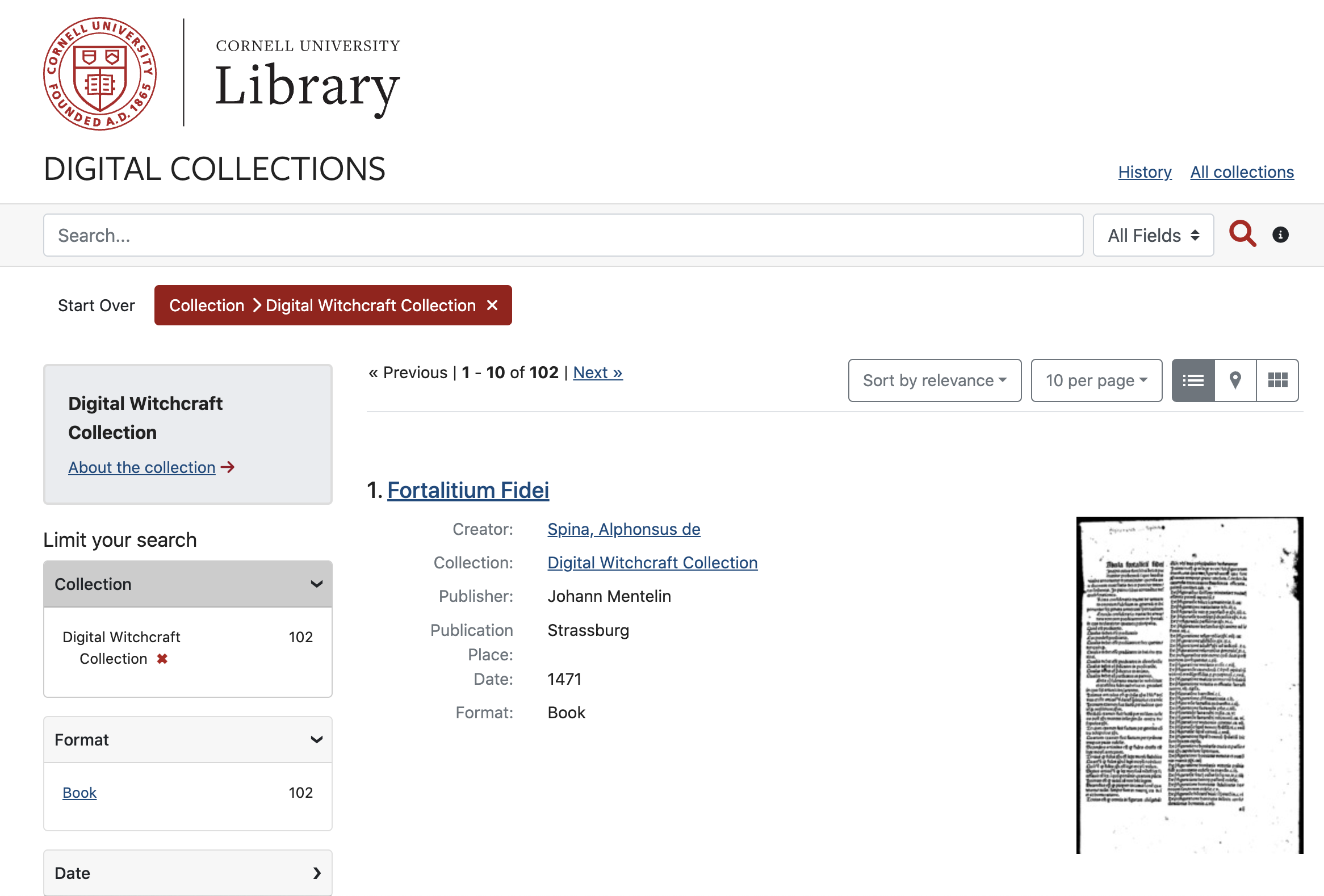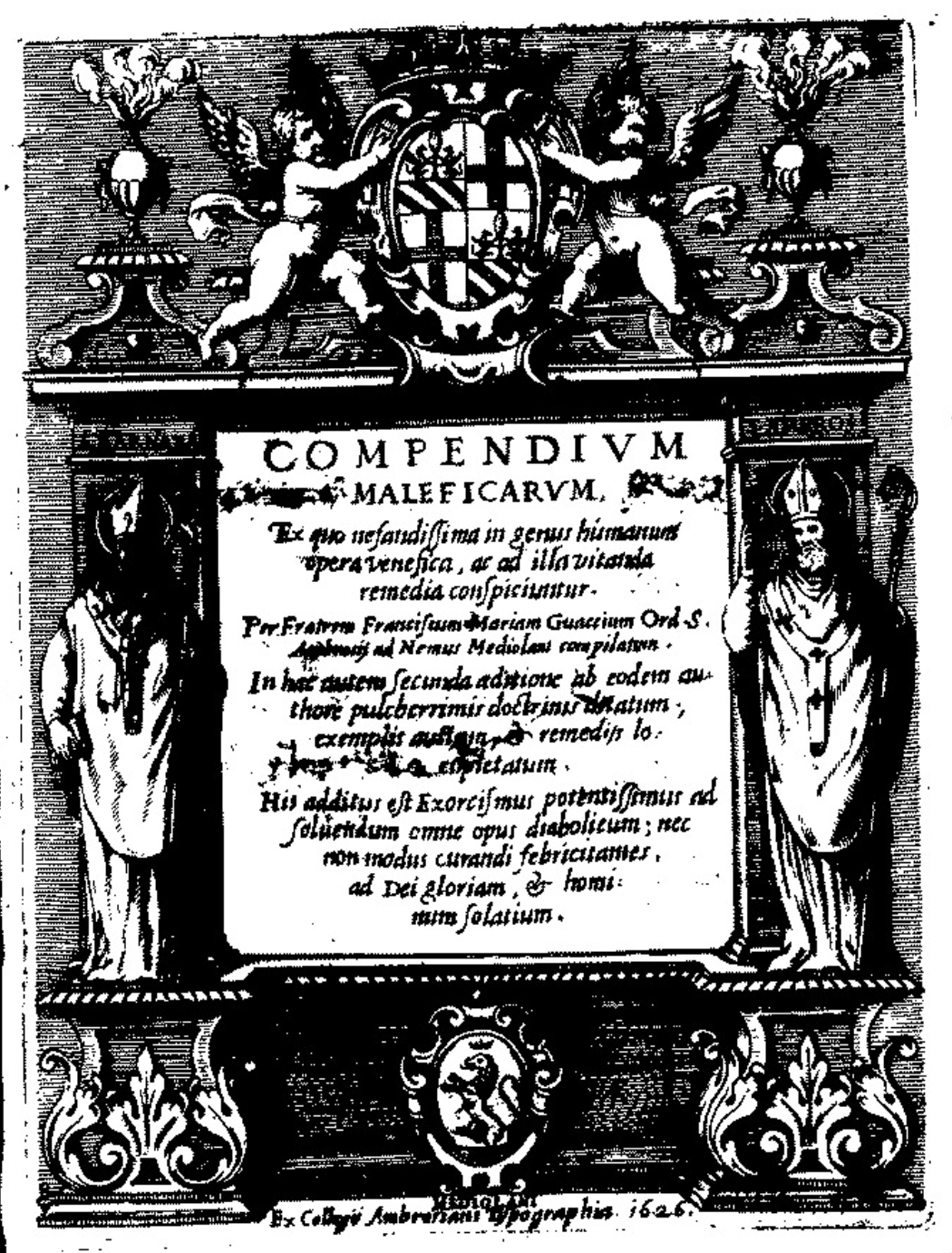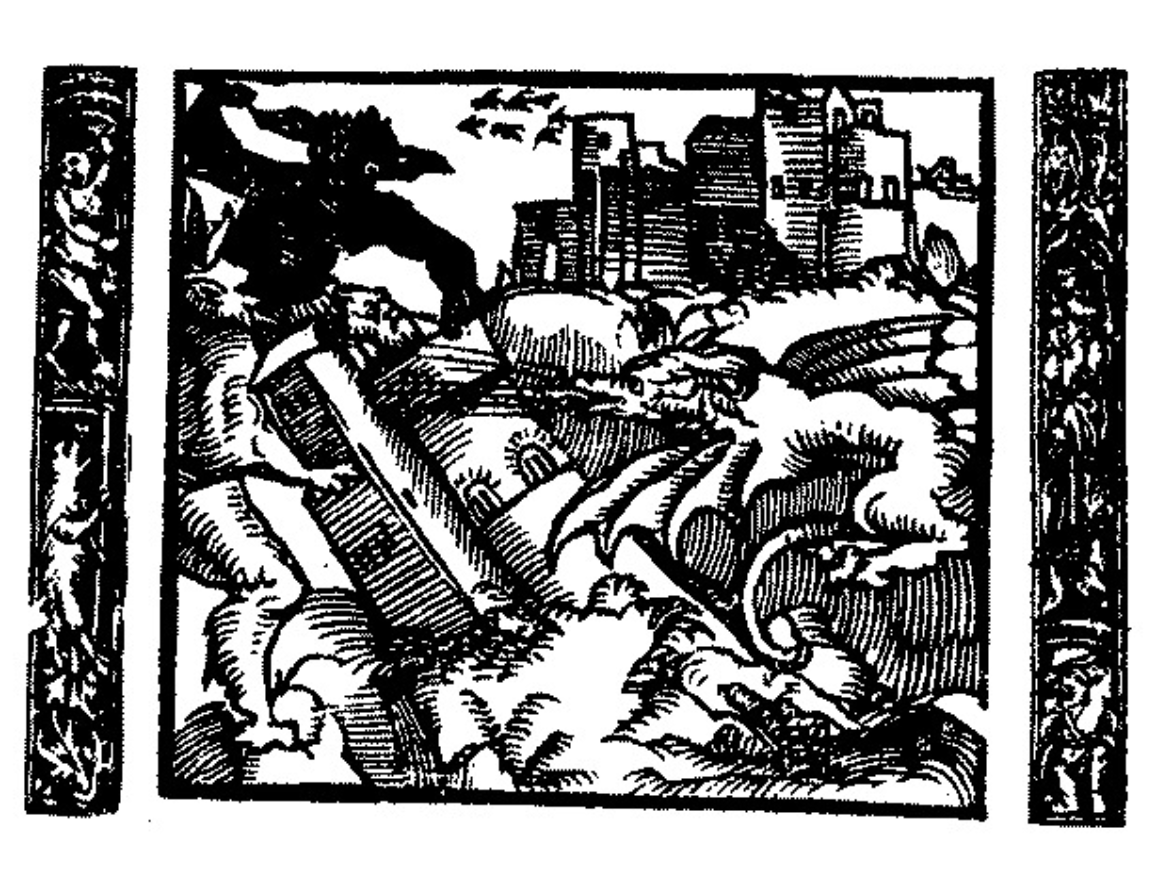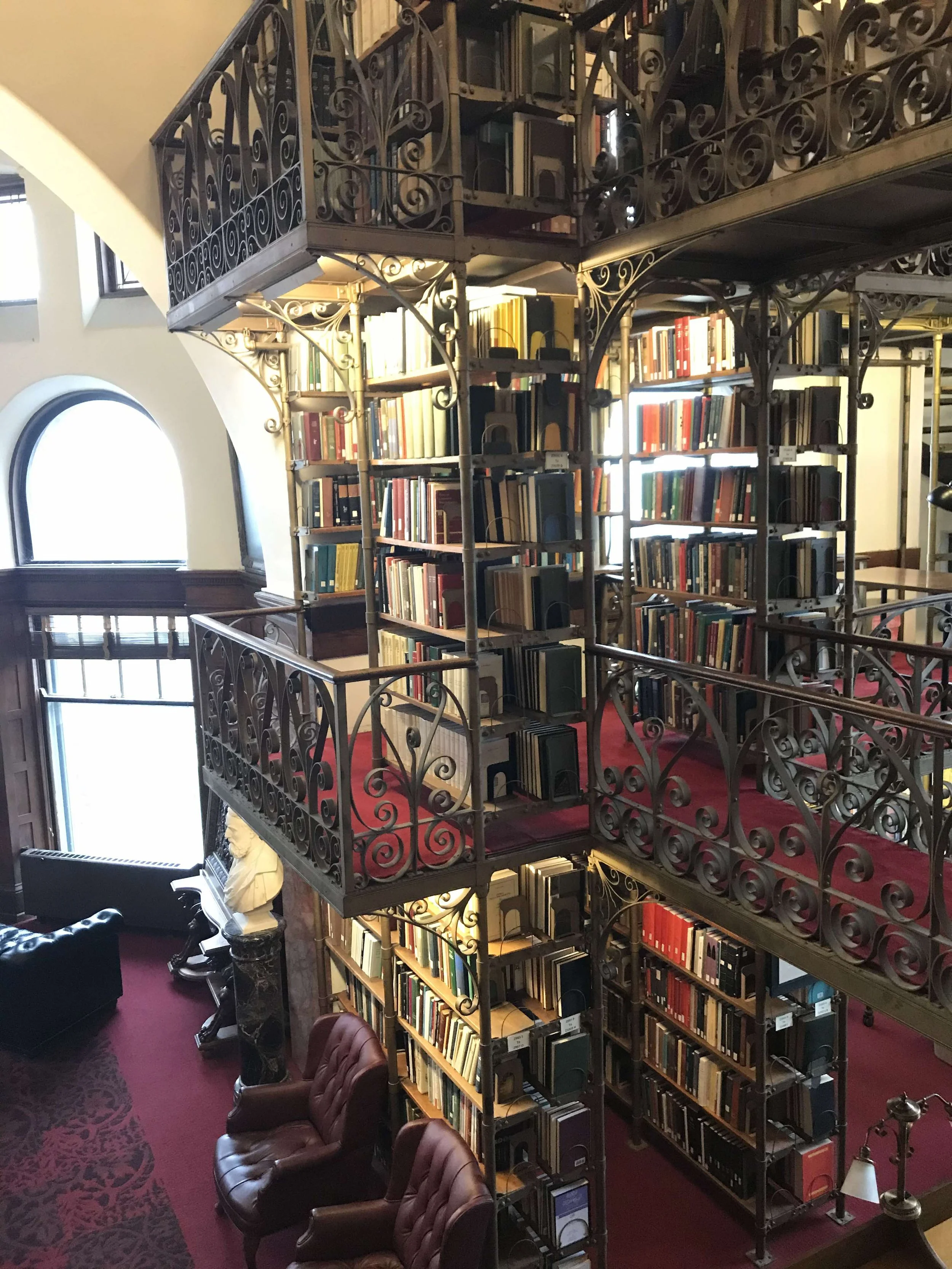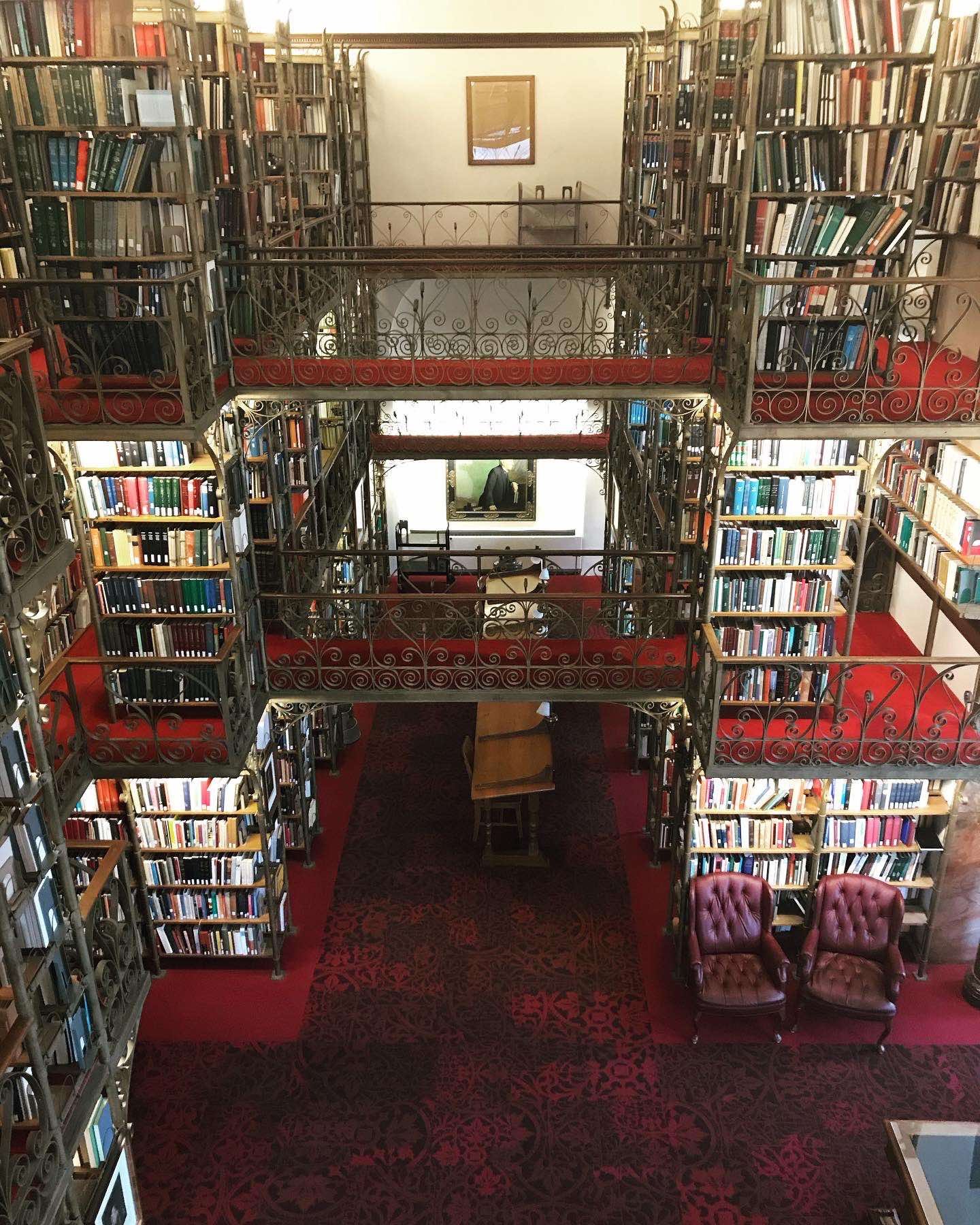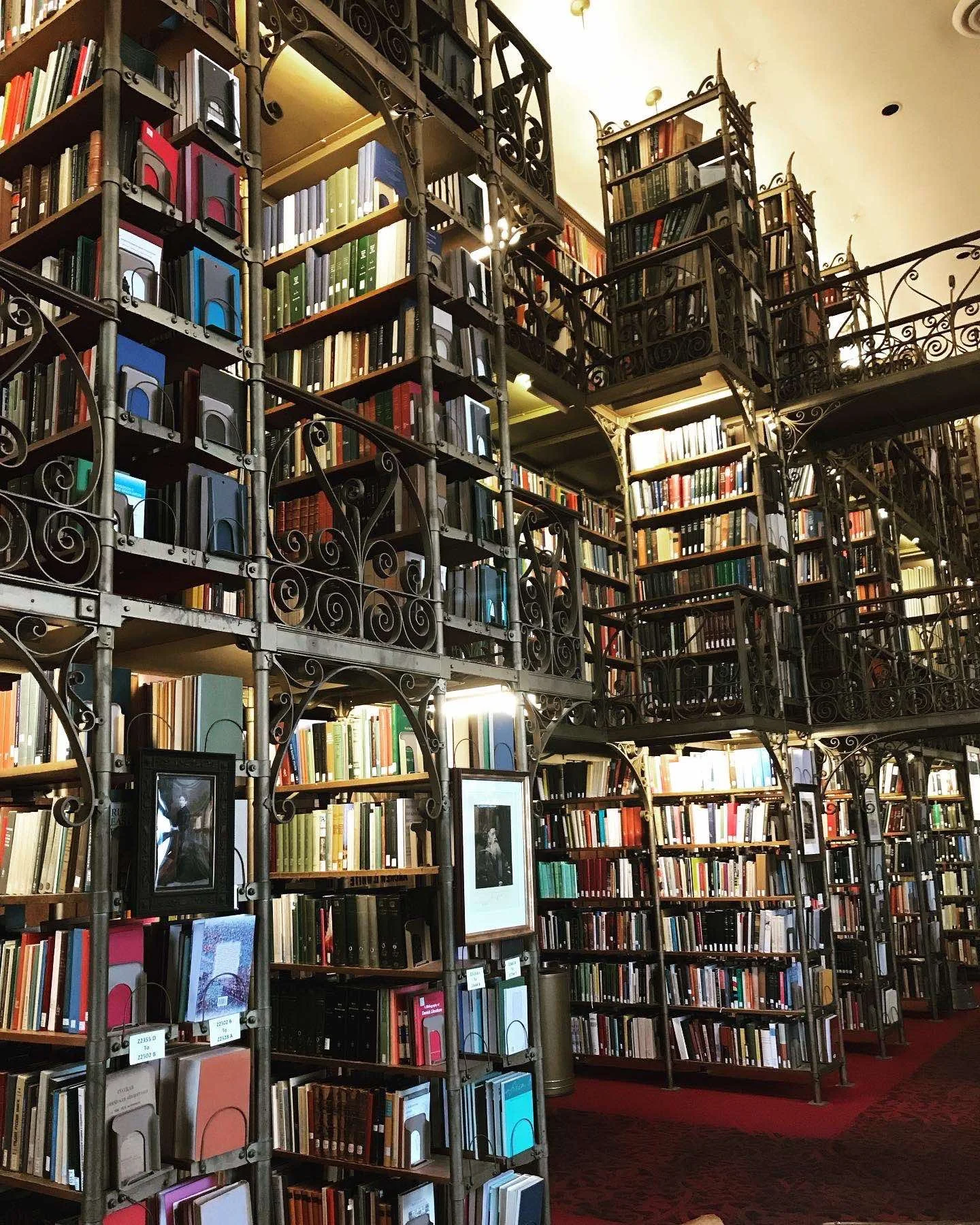Resource Feature: The Cornell University Witchcraft Collection
Hello friends and readers, and welcome back to this week’s installment of our weekly blog.
This week, we’d like to offer up another resource feature. This time, in the guise of a fantastic library collection — one which the reader may explore in digital or physical form. We are speaking of the The Cornell University Witchcraft Collection.
Cornell University’s A.D. White Library, where the items from the collection were once held.
In particular, seekers, scholars, and researchers of the Inquisition and persecutions in Europe will find a tremendous wealth of materials here.
Cornell University is an American Ivy League university situated in Ithaca, New York. The University is home to a number of libraries. Cornell University founder Andrew Dickson White maintained a strong collection of materials on witchcraft, abolition, and revolutionary politics — many of which are still housed at Cornell. It is through this tradition of collections that the Witchcraft Collection draws its lifeblood and provenance.
This image comes from Balthasar Bekker's 1695 work, The World Bewitch'd, held in the Cornell Collection. It adorns the front page of the collection’s web page.
The Witchcraft Collection falls under the auspices of Cornell University Library’s Division of Rare and Manuscript Collections, housed in the Carl A. Kroch library, which is accessed through the larger Olin library. The collection has its roots in the efforts of White, but also in the work of first librarian George Lincoln Burr.
The University notes:
“The collection documents the earliest and the latest manifestations of the belief in witchcraft as well as its geographical boundaries, and elaborates this history with works on canon law, the Inquisition, torture, demonology, trial testimony, and narratives. The collection focuses on witchcraft not as folklore or anthropology, but as theology and as religious heresy.”
One facet which sets this collection apart is its collection of texts stemming from opposition to the witchcraft persecutions across Europe. Cornell University Library notes:
“Significant in the collection are a small and extremely rare number of works by theologians who opposed the Inquisition, such as those of Cornelius Loos, the first theologian in Germany to write against the witch hunts. The most important materials in the Witchcraft collection, however, are the court records of the trials of witches, including original manuscript depositions taken from the victims. These documents, in both original manuscript and in print, reveal the harsh outcome of the more remote doctrinal disputes. Perhaps the most significant of all manuscripts in the Witchcraft collection is the minutes of the witchcraft trial of Dietrich Flade, a sixteenth-century city judge and rector who spoke out against the cruelty and injustice of the persecutions in the 1580s.”
Screenshot of the digital access interface for the The Cornell University Witchcraft Collection.
The library is fully accessible for on-site research. For those unable to travel or access the physical stacks, 104 English-language materials have been digitized from microfilm media thanks to a 1998 effort from Primary Source Media. This task offers interested parties the unique opportunity to study these materials first-hand, supplementing their own research, curiosity, and learning.
Notable works in the collection span from Francesco Maria Guazzo’s 1626 edition of Compendium Maleficarum, to a 1527 satirical work authored by Heinrich Cornelius Agrippa entitled De Incertitudine Et Vanitate Scientiarum Liber.
Colophon from Francesco Maria Guazzo’s 1626 edition of Compendium Maleficarum,
Plate from Francesco Maria Guazzo’s 1626 edition of Compendium Maleficarum,
In the current century, the collection was expanded to include contemporary film posters, newsletters & adjacent publications, and more. The Division of Rare and Manuscript Collections adjacently holds works such as a physical copy of Daniel Schulke’s Viridarium Umbris — in particular, the Arbor Infernis edition.
Our staff blog writer, himself a nearby resident of the Finger Lakes in which Cornell University is situated, has had the opportunity to visit the University. He has offered a few photos of Andrew Dickson White’s namesake library, where many of these physical texts where once held by White. The architecture and design is stunning, and befits a great collection:
The link which will lead you into this digital trove can be found here:
https://rmc.library.cornell.edu/witchcraftcoll/
A further finding aid for the collection can be accessed here:
https://rmc.library.cornell.edu/EAD/htmldocs/RMM04620.html
We hope our readers will take the time to explore this incredible collection, and we look forward to reports of your time in the digital or physical space. With many professional librarians on our staff, the institutional missions of these collections are near and dear to our hearts. Many of them served as inspiration for what might be accomplished from library standpoint — albeit through the collection of community information and resources.
The institutional nature of Cornell’s holdings — preservation efforts, digitization, collections management — mean that many of these texts are sure to survive for ages to come. In turn, they maintain the opportunity to continually offer grist for the mills of research, context, history, and curiosity for many a seeker.
As we continue forward with our weekly blog, be sure to keep an eye out for new resource features which highlight similar libraries, institutions, and more.
We thank our readership again for their time and support, and for the encouragement we continue to receive as our project progresses.
Until next week,
— The occult Library staff.

